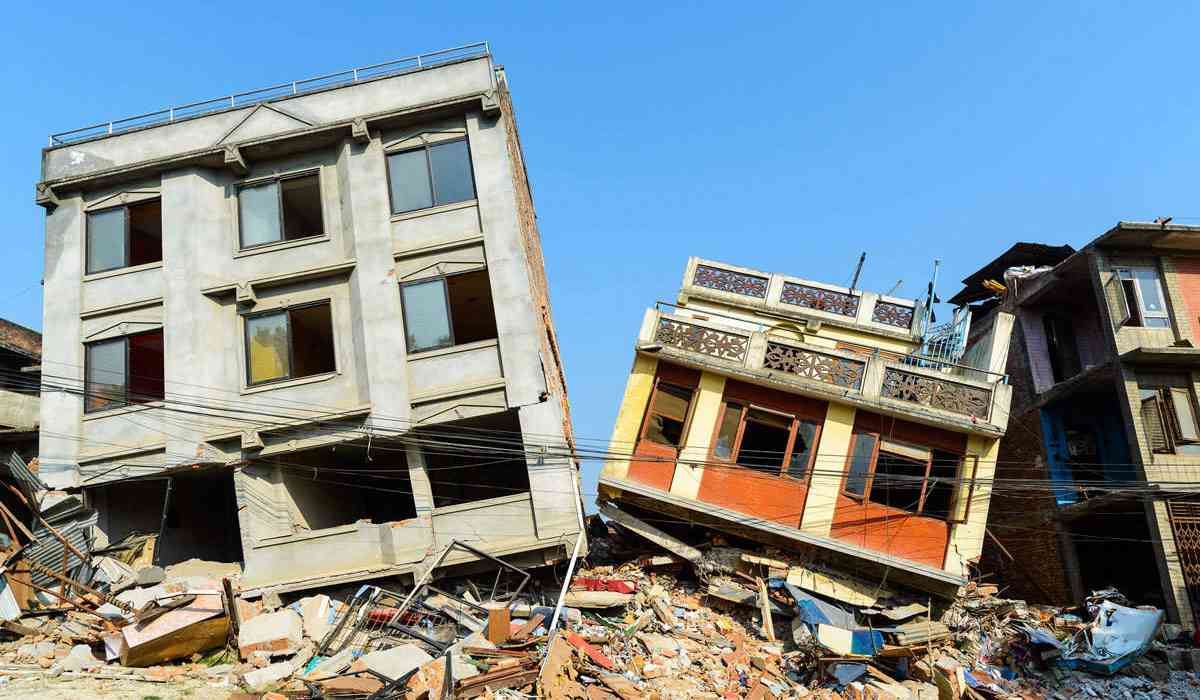
After a 5.8-magnitude earthquake shook Nepal on Tuesday afternoon, Delhi and the neighbouring areas experienced severe vibrations.
The vibrations, according to the locals, lasted more than 30 seconds. At 2:43 local time, an earthquake with an epicentre in the Sudurpaschim province's Mela section of the Bajura district struck the area. In addition to other areas of Uttar Pradesh, Gurugram and Noida experienced earthquakes. A few hours later, Pithoragarh in Uttarakhand experienced an earthquake.
India is located in a seismically active region divided into four seismic zones based on the likelihood of earthquakes occurring in those areas. These zones are:
Zone 1: This is India's least seismically active zone, with a low to moderate likelihood of earthquakes occurring. This zone includes the states of Gujarat, Maharashtra, Goa, and parts of Andhra Pradesh and Karnataka.
Zone 2: This zone has a moderate likelihood of earthquakes occurring. This zone includes the states of Tamil Nadu, and Kerala, parts of Andhra Pradesh, and parts of Karnataka.
Zone 3: This zone has a moderate to high likelihood of earthquakes. This zone includes the states of West Bengal, Bihar, Uttar Pradesh, and Jharkhand.
Zone 4 is the most seismically active in India, with a high likelihood of earthquakes. This zone includes the states of Himachal Pradesh, Jammu & Kashmir, Uttarakhand, and parts of northeastern states like Sikkim, Nagaland and Arunachal Pradesh.
© Vygr Media Private Limited 2022. All Rights Reserved.




















